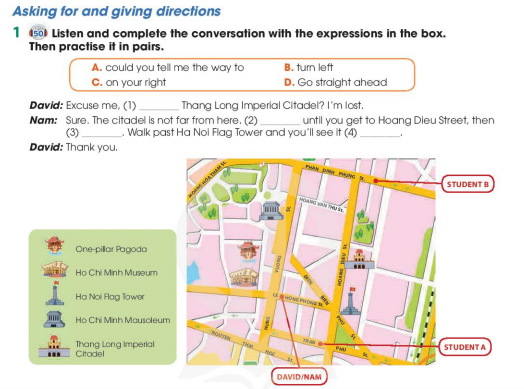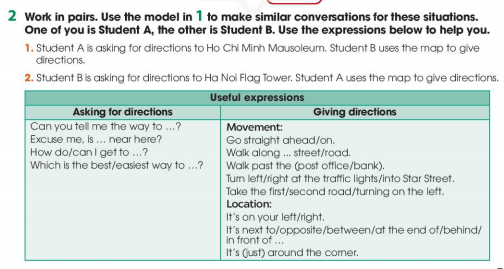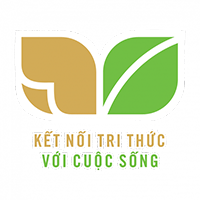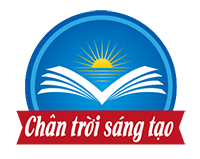Tiếng Anh 11 Global Success Unit 6 Communication and Culture/ CLIL
Tiếng Anh 11 Unit 6 Communication and Culture/ CLIL
Nằm trong bộ tài liệu Giải tiếng Anh 11 Kết nối tri thức theo từng Unit, Soạn tiếng Anh 11 Unit 6 Communication and Culture/ CLIL giúp các em chuẩn bị bài tập SGK tiếng Anh hiệu quả.
Tiếng Anh 11 Global Success Unit 6 Communication and Culture/ CLIL
Bản quyền thuộc về VnDoc nghiêm cấm mọi hành vi sao chép vì mục đích thương mại
Asking for and giving directions
1. Listen and complete the conversation with the expressions in the box. Then practise it in pairs.
(Nghe và hoàn thành cuộc hội thoại với các biểu thức trong hộp. Sau đó thực hành nó theo cặp)
Bài nghe

Gợi ý đáp án
|
1. A |
2. D |
3. B |
4. C |
Hướng dẫn dịch
David: Excuse me, (1) A. could you tell me the way to Thang Long Imperial Citadel? I’m lost.
(Xin lỗi, bạn có thể chỉ cho tôi đường đến Hoàng thành Thăng Long không? Tôi bị lạc.)
Nam: Sure. The citadel is not far from here. (2) D. Go straight ahead until you get to Hoang Dieu Street, then (3) B. turn left. Walk past Ha Noi Flag Tower and you'll see it (4) C. on your right.
(Chắc chắn rồi. Kinh thành cách đây không xa. Đi thẳng tới đường Hoàng Diệu thì rẽ trái. Đi bộ qua Cột cờ Hà Nội và bạn sẽ thấy nó ở bên phải của bạn.)
David: Thank you.
(Cảm ơn bạn.)
2. Work in pairs. Use the model in 1 to make similar conversations for these situations. One of you is Student A, the other is Student B. Use the expressions below fo help you.
(Làm việc theo cặp. Sử dụng mô hình trong phần 1 để tạo các hội thoại tương tự cho các tình huống này. Một trong số các bạn là Học sinh A, người kia là Học sinh B. Sử dụng các cách diễn đạt dưới đây để giúp bạn)

Gợi ý đáp án
Conversation 1:
Student A: Excuse me, could you tell me the way to Ho Chi Minh Mausoleum? I’m lost.
Student B: Sure. Let me take a look at the map. First, you need to go straight ahead until you reach the intersection, then turn right onto Hung Vuong Street. After that, you continue straight until you see a roundabout, then take the second exit onto Nguyen Thai Hoc Street. Keep walking straight and you'll see it (5) on your left.
Student A: Thank you.
Conversation 2:
Student B: Excuse me, could you tell me the way to Ha Noi Flag Tower? I’m lost.
Student A: Sure. Let me show you on the map. Go straight ahead until you reach Dien Bien Phu Street, then turn left. Keep walking straight until you see a large intersection, and then turn right onto Phan Dinh Phung Street. Finally, you'll see Ha Noi Flag Tower on your left.
Student B: Thank you.
Hướng dẫn dịch
Hội thoại 1:
Học sinh A: Xin lỗi, bạn có thể chỉ cho tôi đường đến Lăng Chủ tịch Hồ Chí Minh không? Tôi bị lạc.
Học sinh B: Được. Để tôi xem bản đồ. Đầu tiên, bạn cần đi thẳng cho đến khi đến ngã tư, sau đó rẽ phải vào đường Hùng Vương. Sau đó, bạn tiếp tục đi thẳng cho đến khi bạn thấy một vòng xoay, sau đó rẽ ra thứ hai vào đường Nguyễn Thái Học. Tiếp tục đi thẳng và bạn sẽ thấy nó (5) bên trái của bạn.
Học sinh A: Cảm ơn bạn.
Hội thoại 2:
Học sinh B: Xin lỗi, bạn có thể chỉ cho tôi đường đến Cột cờ Hà Nội không? Tôi bị lạc.
Học sinh A: Được. Để tôi chỉ cho bạn trên bản đồ. Đi thẳng cho đến khi bạn đến đường Điện Biên Phủ, sau đó rẽ trái. Tiếp tục đi thẳng cho đến khi bạn thấy một ngã tư lớn, sau đó rẽ phải vào đường Phan Đình Phùng. Cuối cùng, bạn sẽ thấy Cột cờ Hà Nội bên trái của bạn.
Học sinh B: Cảm ơn bạn.
Culture
1. Read the text and answer the questions.
(Đọc đoạn văn và trả lời các câu hỏi)

Gợi ý đáp án
1. Italy raises money from the public for restoring its heritage.
2. Spain organises successful festivals that attract visitors from around the world.
3. Australia fines people heavily if they damage its heritage.
2. Work in groups. Discuss the following questions.
(Làm việc nhóm. Thảo luận các câu hỏi sau)
Gợi ý đáp án
Vietnam has several methods of preserving heritage. One of the most common methods is through government funding. The government invests money in preserving heritage sites and objects, and it has been successful in many cases. Another way is through public-private partnerships, where companies provide funding for heritage preservation in exchange for advertising or other benefits.
Vietnam has also used UNESCO funding for the preservation of its cultural heritage. Additionally, the country has implemented strict heritage laws to protect its heritage sites and objects. For example, in 2016, Vietnam passed a law on cultural heritage, which regulates the protection, preservation, and promotion of the country's heritage.
As for which method works best in Vietnam, it depends on the specific context and situation. Each method has its advantages and disadvantages, and a combination of different methods may be the most effective way to preserve heritage in Vietnam.
Trên đây là Soạn tiếng Anh 11 Global Success Unit 6 Communication and Culture/ CLIL đầy đủ nhất.








